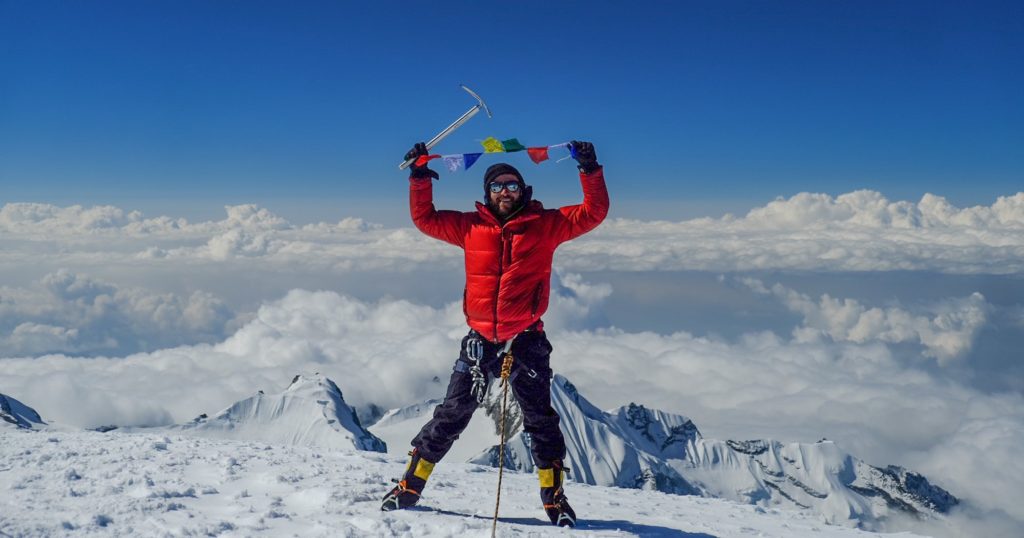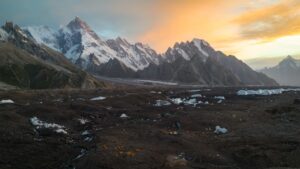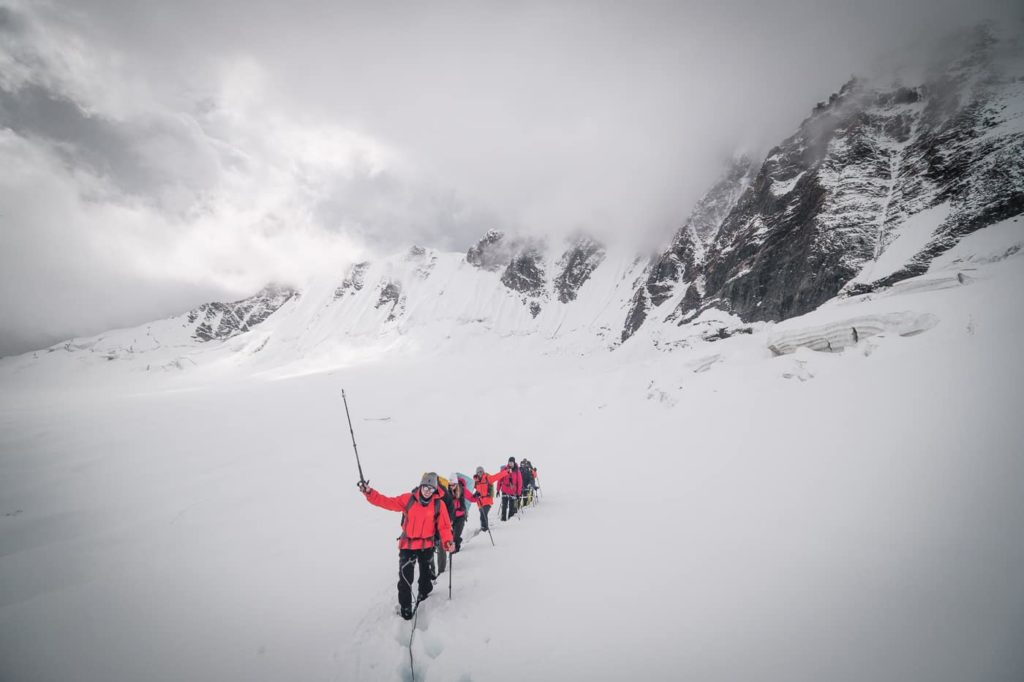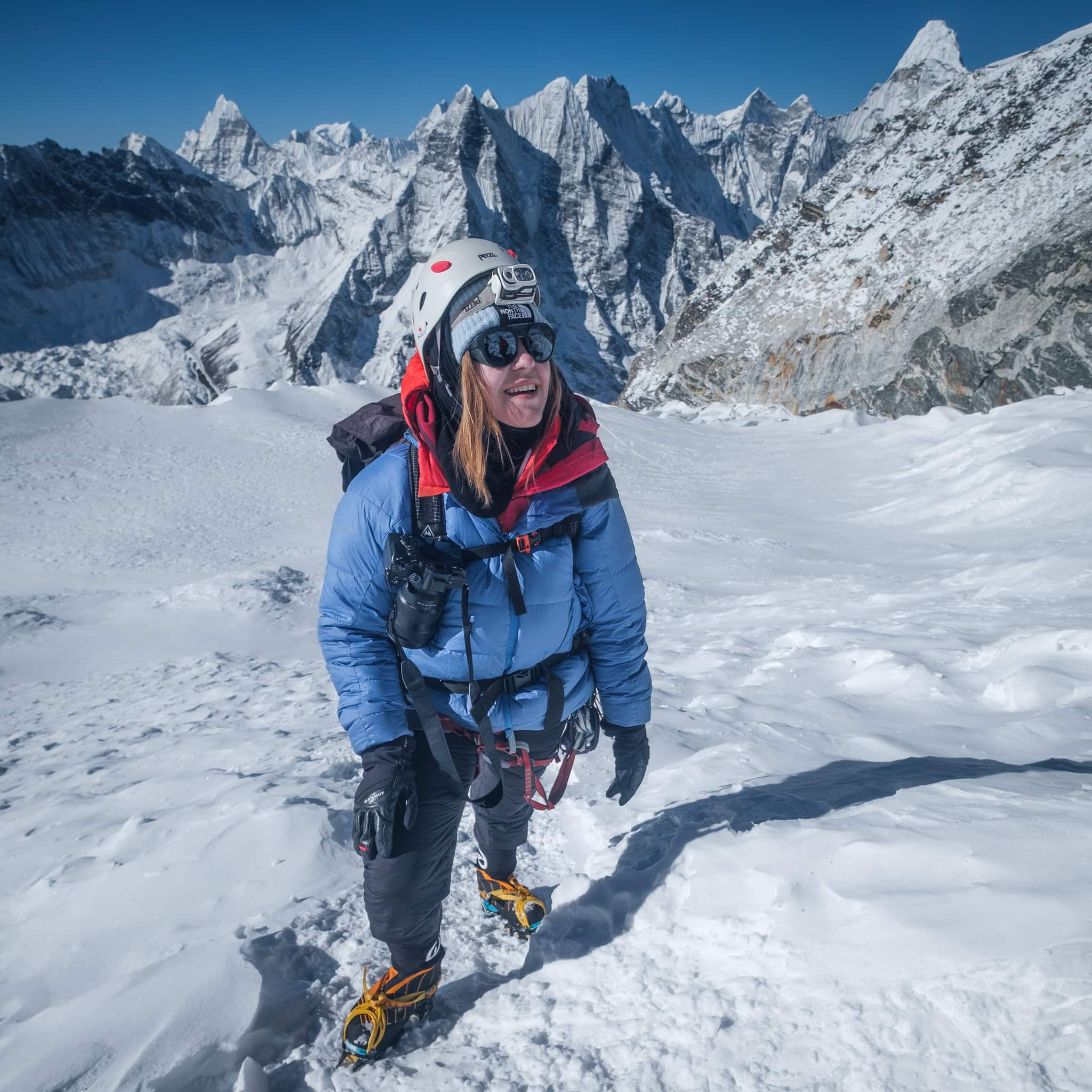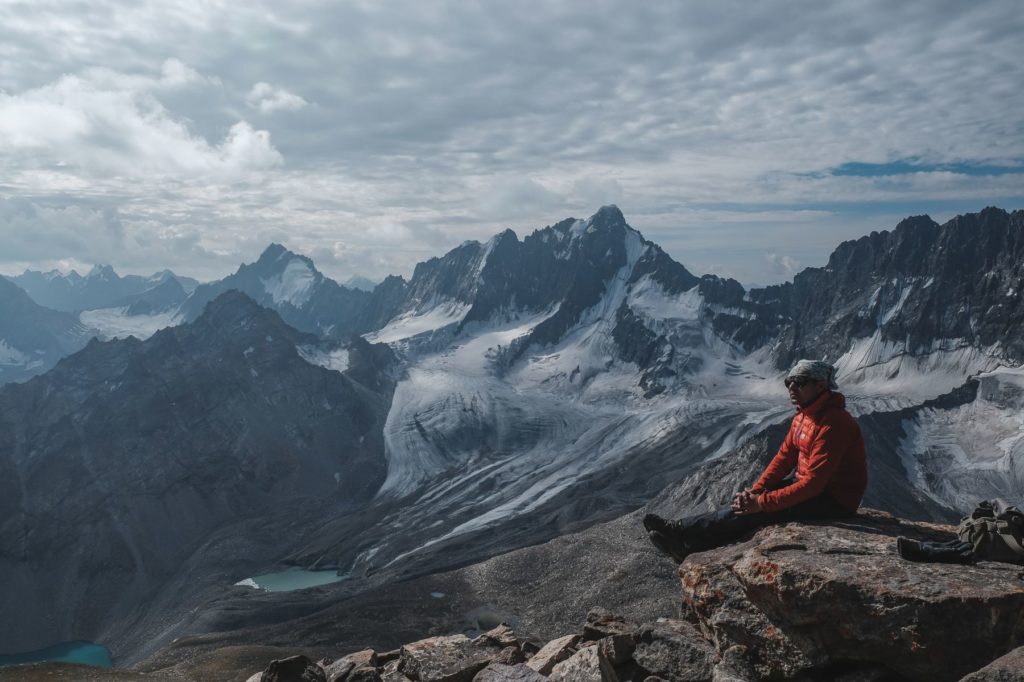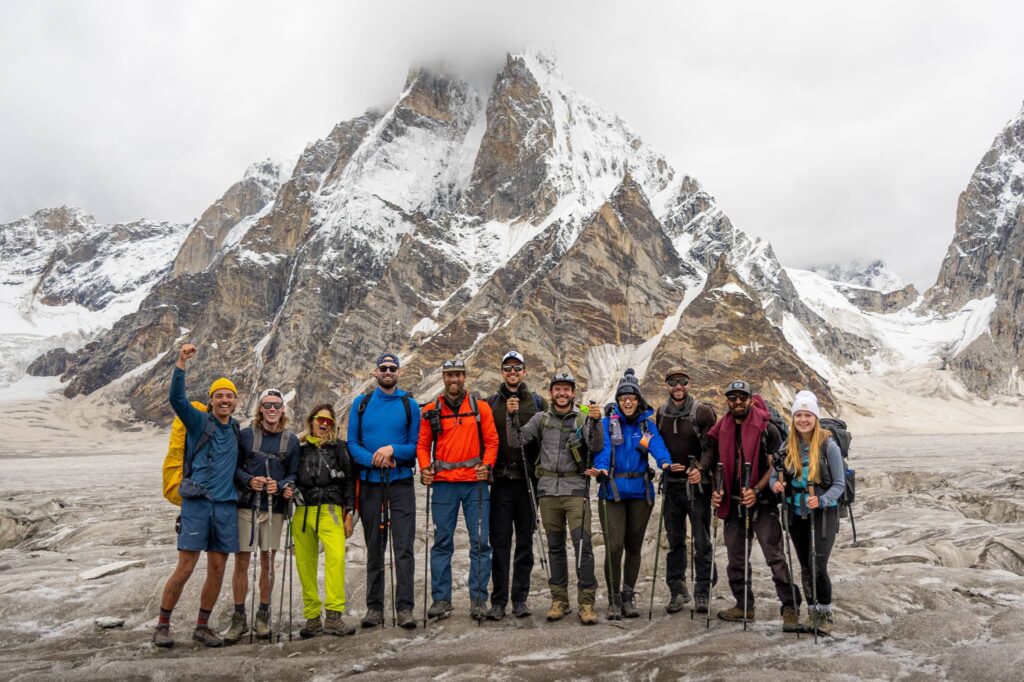So you are a fan of mountains, trekking, and epic landscapes and are thinking to take things to the next level. But there is a question floating around the adventure scapes of your mind: how to start mountaineering in the first place?
Alpine climbing, mountaineering, and high-altitude endeavors are not activities one can simply dive into over night, but the fact remains that we all need to start somewhere and when it comes to learning mountaineering skills, it is not different.
Below, we break down our top tips for how to start mountaineering, assuming that you are already an active hiker and generally have a love of the mountains and the outdoors.
Table of Contents
How to Start Mountaineering: Understanding the Game
The world of mountaineering and alpine climbing is a pursuit in which skills are acquired over a lifetime. One never stops learning new things in this game.
Even elite-level athletes will tell you that to become complacent with your skill set, is to become stale. This absolutely rings true when it comes to learning about mountaineering.
If you understand from the beginning that mountaineering is a lifetime pursuit – the task and work of learning the skills feel less daunting.
From one day to the next, you will not become a mountaineer as you would not consider yourself a painter after one session of applying paint to a canvas.
The first steps are always the toughest and once you cross the threshold from total beginner to owning some basic skills, your trajectory of competence shall only increase.

The Importance of Goal Setting
The first step in your journey to get into mountaineering should be to define your goals.
What sort of climbing do you want to achieve? Are you looking to bag a few peaks in your backyard, learn how to ice climb, or do you have your sights set on an international climbing expedition?
However big or small your project goals are, I can’t emphasize enough the importance of having a goal to work towards.
Establish what kind of mountaineering adventures or alpine activities you want to get into and work from there.
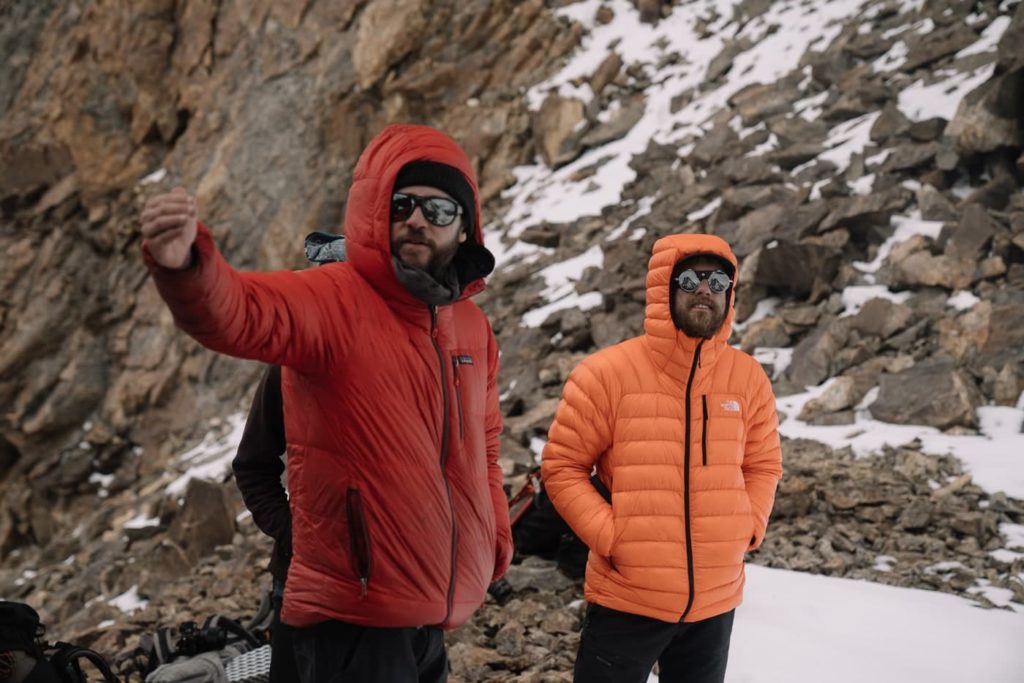
Become Part of a Community
One of the most difficult aspects of getting started with mountaineering is finding someone to do stuff with.
Thanks to the internet there are no shortages of community resources to use as tools for getting into mountaineering.
Here are some ideas for joining local climbing communities near you:
- Join a local climbing gym
- Join Facebook groups related to mountaineering, adventure travel, or mountain sports
- Look for MeetUp groups in your area
- Join a group trip (either local or international)
- Start a group yourself!
- Become a member of your local alpine club
- Join a mountaineering course and become friends with other people in the class
- Reach out to people on social media
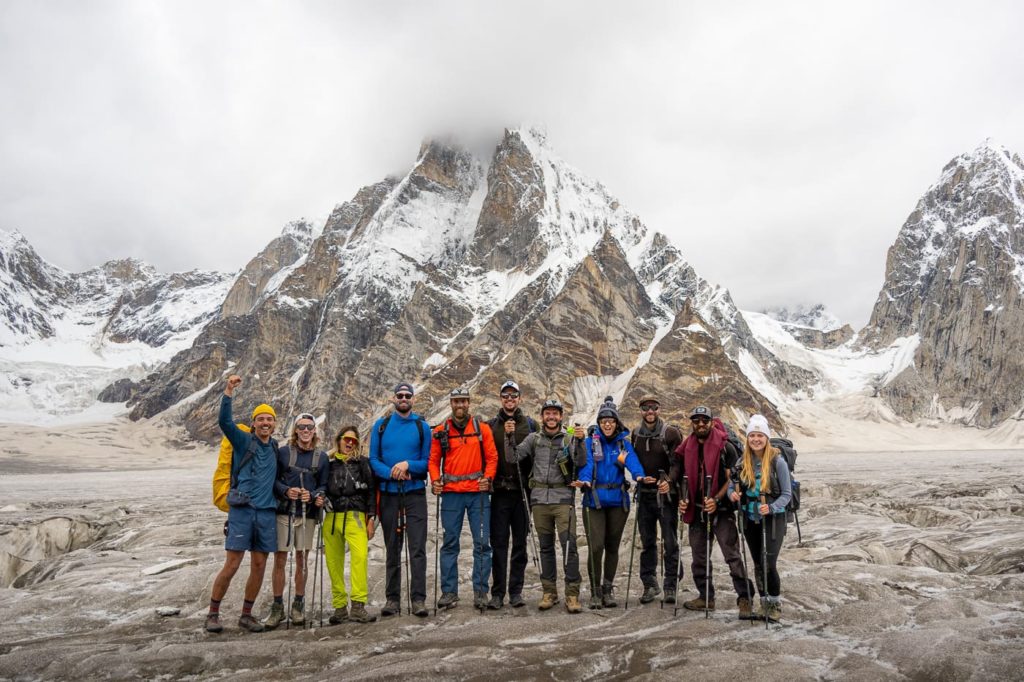
Have Realistic Expectations About Mountain-fluencers
Once you have established a few personal mountaineering goals, it is time to get to work in putting your plans into action.
One thing should be clear though: depending on your available free time and budget, it may be a slow process.
These days we are inundated on Instagram by famous climbers showing off their various ascents around the world and inviting their followers to join them on major climbing expeditions. While joining a team for an expedition is something I will go into later, oftentimes the trips mountaineer-fluencers are trying to sell are crazy, crazy expensive, are quite technical mountains, and cost prohibitive for many people – especially for a first-time climb.
The point being, there are many entry-level trips on offer out there, so don’t get discouraged if the “dream trip” you are after costs the equivalent of a two-year salary (or more). It is ok to dream, and you should dream big!
But you should also be realistic about the fact for the average person – your first big mountain adventure is not going to be climbing Mount Everest with a celebrity guide unless you are a millionaire or a professionally sponsored athlete (who still should not be doing Everest as their first mountaineering project anyway!).
Start Getting Some Gear!
It is probably no surprise to learn that mountaineering gear is expensive!
Before I started leading trips myself, buying mountaineering gear was something I did one big item at a time, maybe once a year.
Not having the gear though means you can’t properly dive into to mountaineering, so it should be on your priority list to start getting the big-ticket items as soon as possible. Once you start buying expedition gear, your dream of learning how to get into mountaineering will start to feel real.
Here are the six most important items that might break your bank for a while, but in the end will be totally worth it:
- 6000/7000/8000-meter boots (not hiking boots)
- Crampons
- An alpine-rated down sleeping bag (tips on how to stay warm)
- Harness + climbing helmet
- Basic climbing hardware
- Alpine clothing, IE summit jacket, pants, gloves, etc
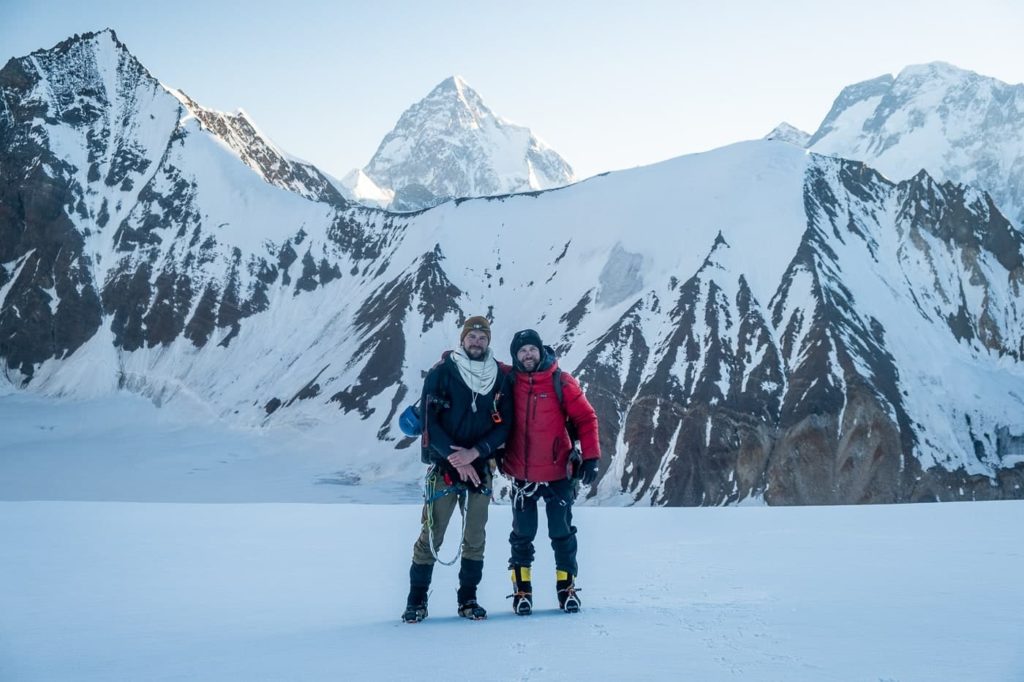
Skills. Skills. Skills.
It is possible to join a mountaineering expedition for beginners with little to no previous skills. While this can be a great way to get started given the peak in question is actually a beginner-level peak – having a base level of important skills will only benefit you.
Having a few skills and challenging adventure experiences under your belt will give you more confidence, a better knowledge of best practices and safety techniques, and an overall leg-up on other people who are starting from total zero.
Here are some ideas for skill sets and experiences that should be on your radar:
- Start out with some long-distance high-altitude treks, like K2 Base Camp and Gondogoro La.
- Take a beginner mountaineering course
- Hire a local guide to take you out and show you a route that you can’t do on your own
- Learn how to use maps and put your orientation skills into practice out in the field
- Become familiar with basic climbing knots
- Watch YouTube tutorials on basic mountaineering skills
- Team up with someone who is more experienced from you and learn from them
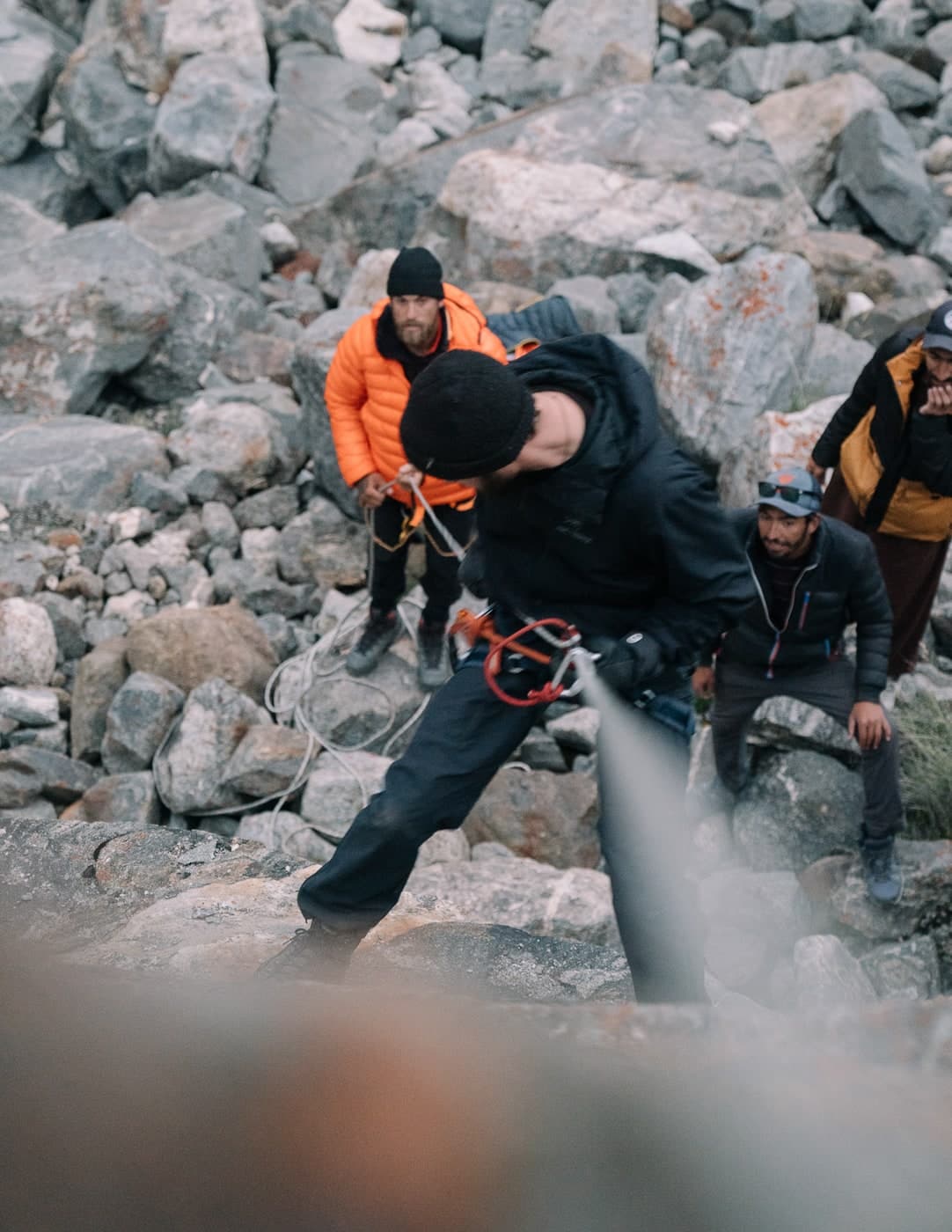
Crucial Mountaineering Skills
Mastering the basics should be the first practical mountaineering objective you have.
Here are the mountaineering basics you should start with:
Crampon Use
Learning how to use crampons properly is very important. Crampons are an essential piece of kit for walking on ice or hard snow and can be the most important tool you use while out in the mountains.
Crampons give you the almost super-human ability to walk on what would otherwise be very slippery terrain. Because they are literally sharp steel points, they can also be quite dangerous, so it is essential to learn how to use them properly.
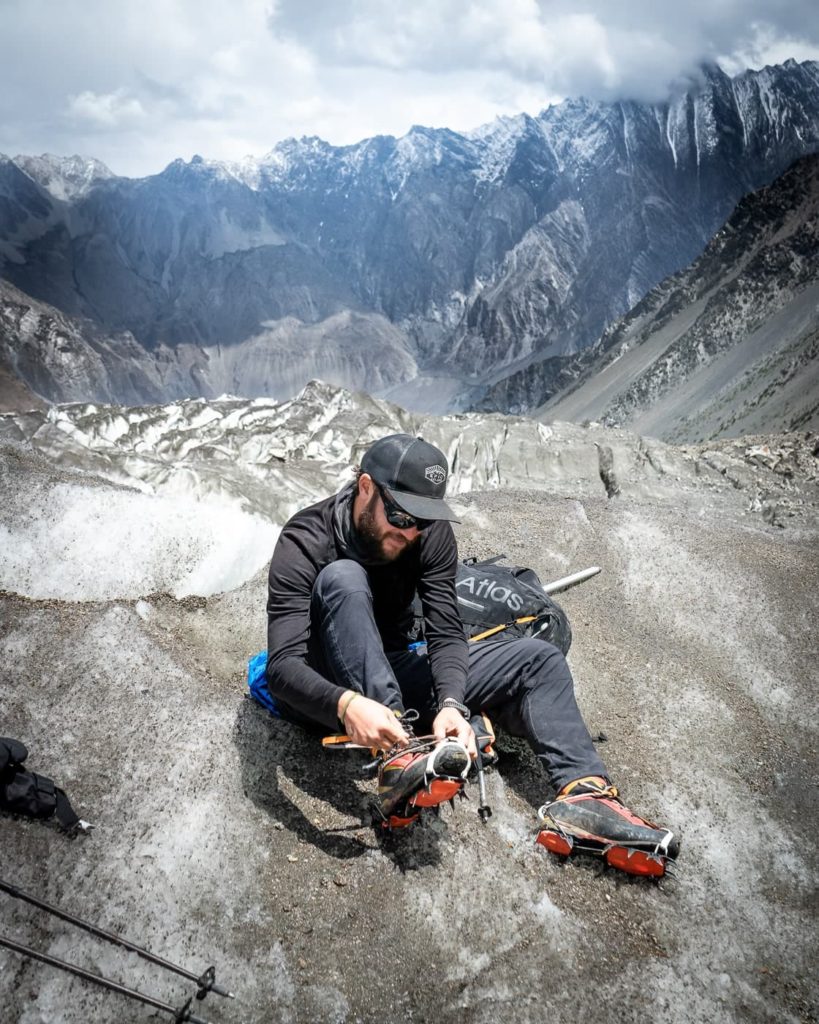
Ice Axe Techniques
While not something you will use for the actually climbing bit on every mountain you go on, knowing how to use an ice ace for self-arrest in case of a fall is very important knowledge to have.
Ice axes have a plethora of uses and functions from cutting steps into the side of an ice ramp, to physically being your means to climb a frozen waterfall, to stopping you from sliding off the side of an abyss.
There are also many different types of technical and non-technical ice axes to choose from, so consult someone at your local gear shop regarding what type you should buy based on your climbing objectives.
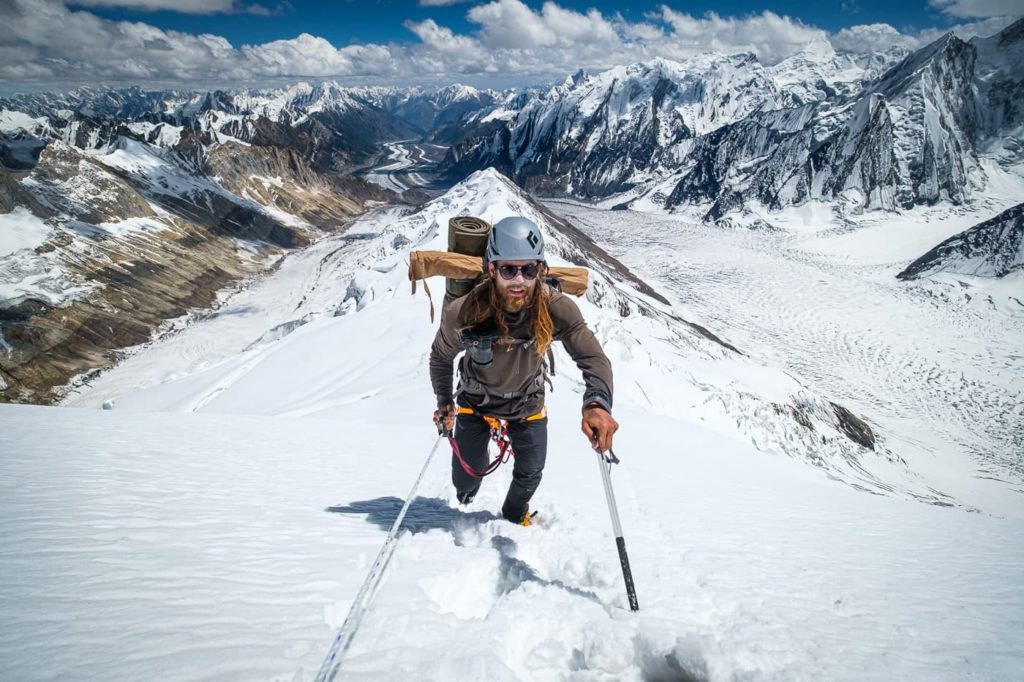
Snow Travel Techniques and Glacier Travel
Traveling on glacier, snow, or ice is inherently different that walking on a earthen path.
There are many factors to consider and also considerable techniques to employ to insure you are traveling across technical terrain as efficiently and safely as possible.
Getting a feel for traveling on snow and glaciers is a skill best learned through hands-on application with a guide or someone thoroughly experienced in snowy terrain and glaciated features.
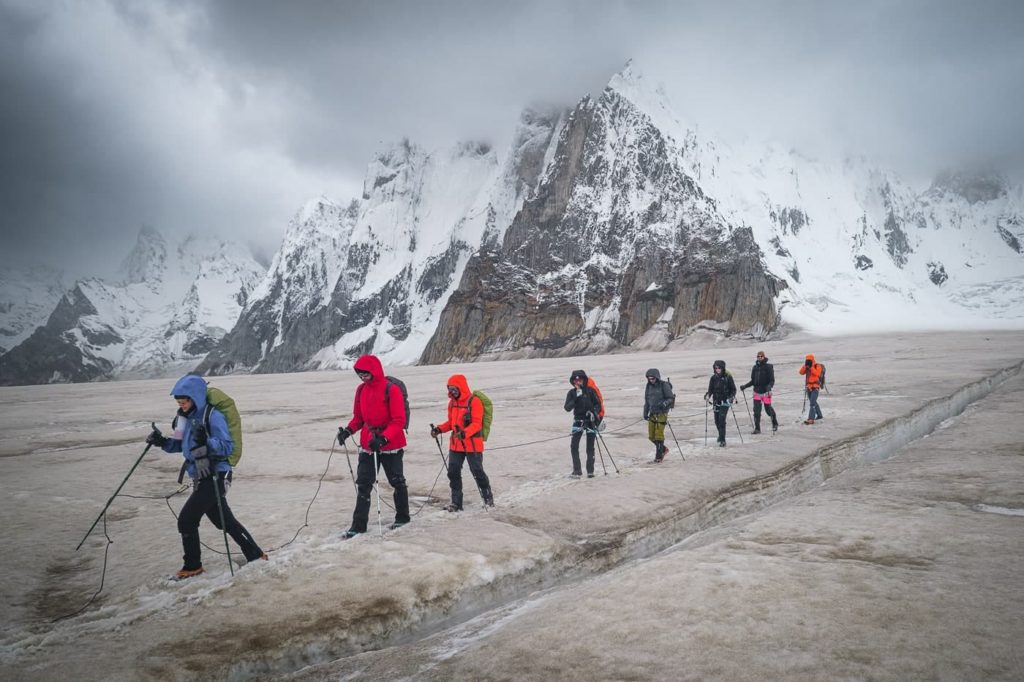
Start Physical Training
As you might have guessed, to be successful as a beginner mountaineer, you will need to have a high level of fitness.
You do not have to have a specific target in mind to start training, but having a mountaineering objective to work towards means that you can specialize and hone your training program.
Consider hiring a personal trainer who can guide you to the best training methods and exercises for your specific goal.
Go for as many challenging, technical hikes as possible. Nothing gets you in trail shape like hiking and more often than not, 80% of mountaineering is just high-altitude, steep hiking – only with ropes and crampons added.
Upper body strength, cardio-vascular fitness, and leg strength are all very important areas of the body to work on.
The goal should be to become comfortable trekking uphill with a heavy pack. When possible doing some high-altitude treks to test how your body does being at altitude will only benefit you when the time comes to go for a higher peak.

How to Start Mountain Climbing With a Team
I discussed above how joining a group trip is a great way to start mountaineering and is an opportunity to see your mountain goals materialize.
You will have the chance to learn from experienced guides and put your new skills into action on an actual mountain.
Now for some people, the first time they climb a mountain might be in Nepal and at a high altitude.
While I do recommend trying to climb something below 3000 meters for your first proper mountaineering trip, Nepal is also a great place to learn.
One of the most popular entry-level high-altitude trips to join is the Island Peak Climbing Trip.
This mountain is a good one to start out with because 1. it will get you up above 6000 meters and 2. Basic skills can be learned and applied without taking on a challenge you are totally underqualified for.
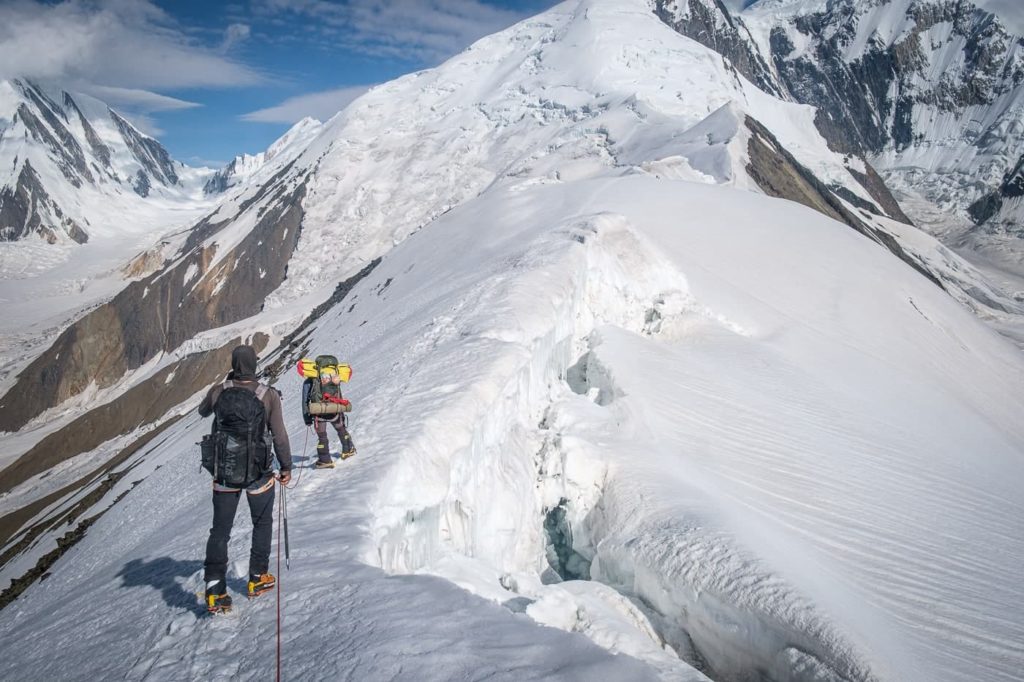
Mental Training for Mountaineering
So you have gotten some gear, taken a basic mountaineering skills course, started training, and booked a climbing trip. What next?
The next phase of preperation is focusing on your mental health.
Mountaineering is a sport which your literal life or death depends on the state of your mind.
You want to be clear-headed, sober, and thoughtful as you proceed into the world of mountaineering.
You must also fully understand that while learning how to climb mountains will be one of the most rewarding experiences of your life, mountaineering is not for everyone.
The mountains are some of the harshest environments found on earth. The high-altitude peaks are not places designed for human beings to be.
Bad weather, avalanche, rock-fall, wind, extreme cold, sleep-less nights, and fatiguing days are just a few of the potential aspects of mountaineering you should expect (and plan for) to be waiting for you in the mountains.
Planning for and knowing what to expect and mentally preparing yourself for some type-2 level fun and suffering will make you stronger and able to endure the hardships that the mountains often present.
Fortune favors the brave and the mentally strong.
Prioritize your mental health as much as you do your physical health and you will give yourself the best shot for success within the factors you can control when it comes to how to start mountaineering.
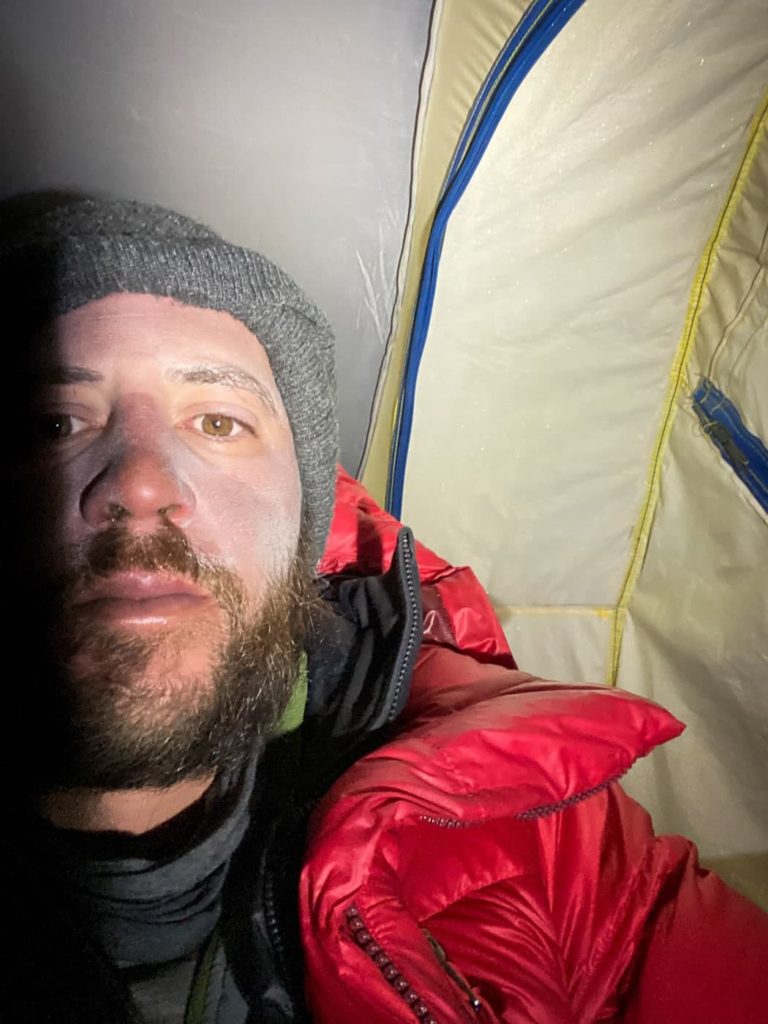
Final Thoughts on How to Start Mountaineering
Making the choice to start mountaineering will lead you into another world and open up an endless possibility of exciting adventures.
Climbing mountains is a challenging sport that requires both physical and mental strength – and it is also a whole hell of a lot of fun.
Some of the most memorable and rewarding trips I have done have involved mountaineering; few things in life can match the feeling one gets in the pursuit of a mountain objective.
As you begin to get more comfortable with your skillset and decide to join an expedition of your own, remember this bit of advice (something I wish someone told me before I started): At the end of the day, the question of whether or not you reached the summit does not matter. The questions should be did you have fun and did everyone stay safe? In the end, those two things are all that really matter.
Did you find this article helpful? Let us know in the comments below. Thanks for reading!

